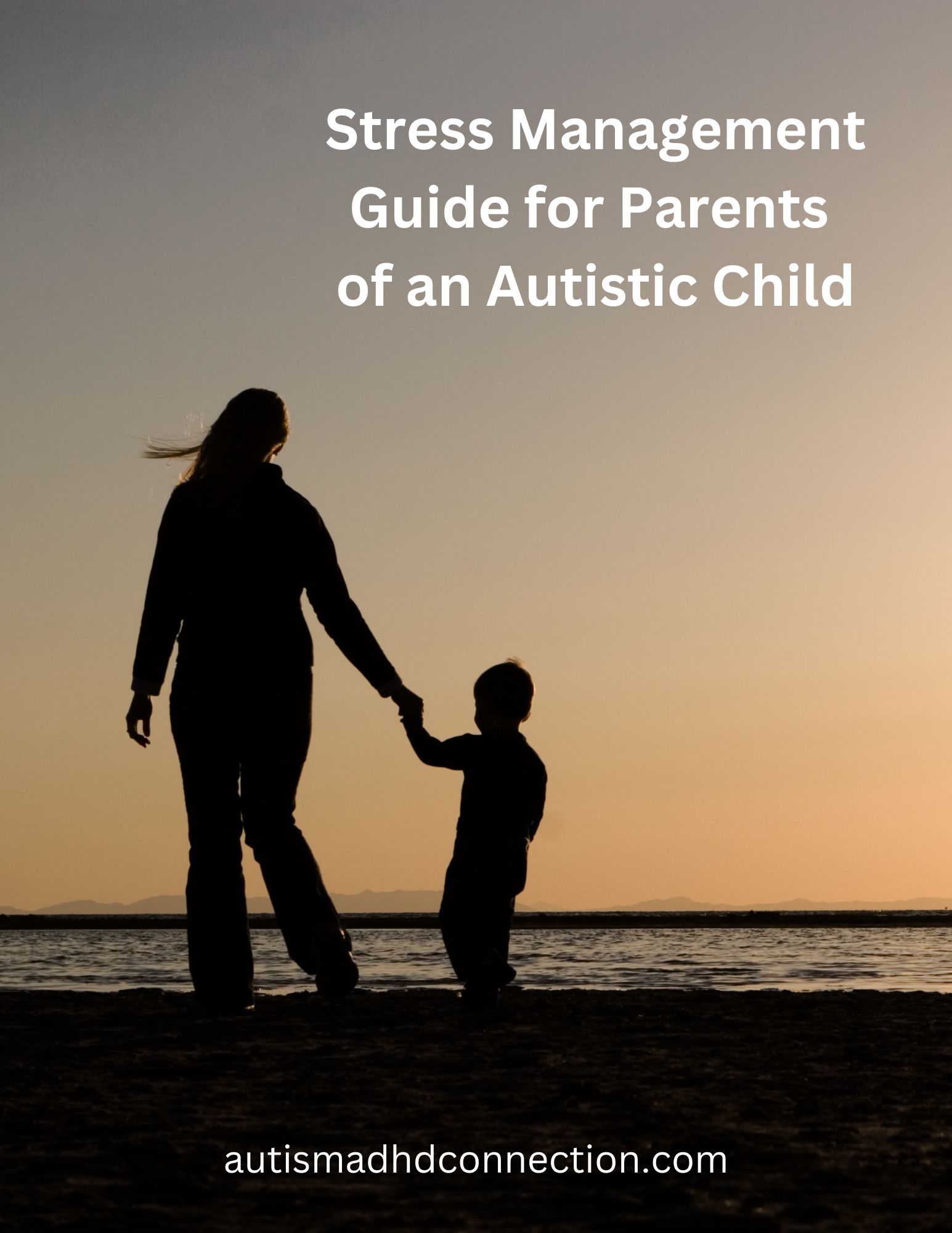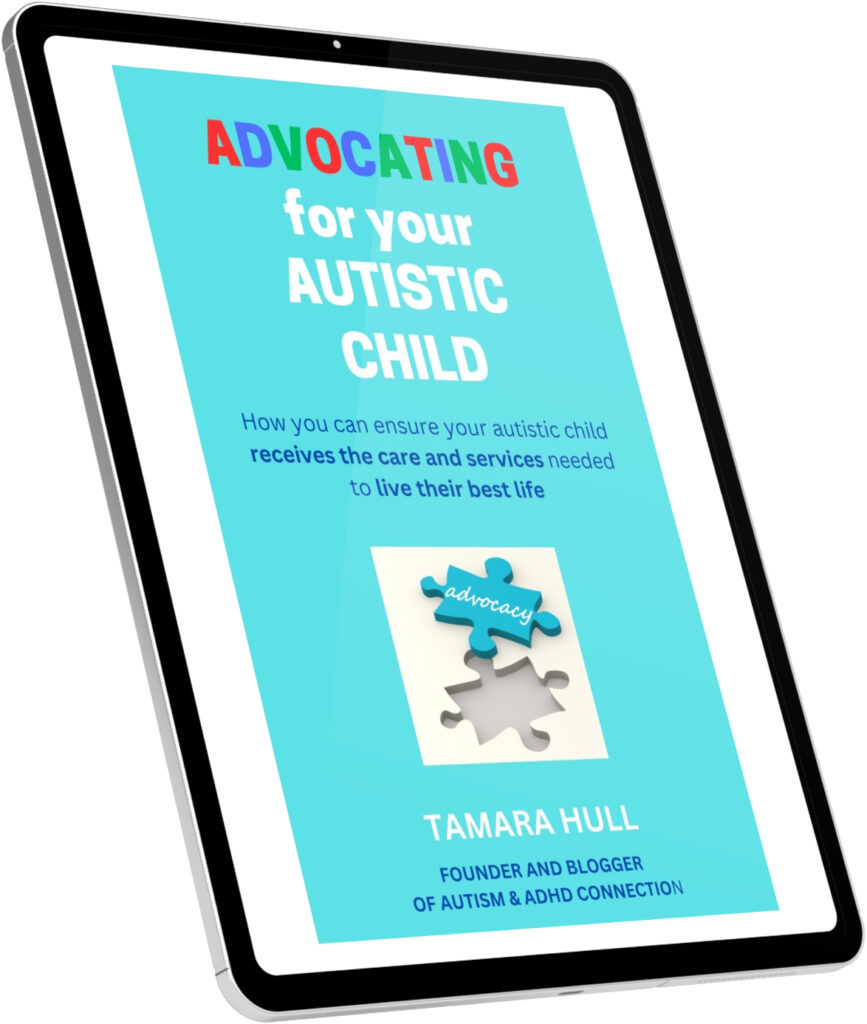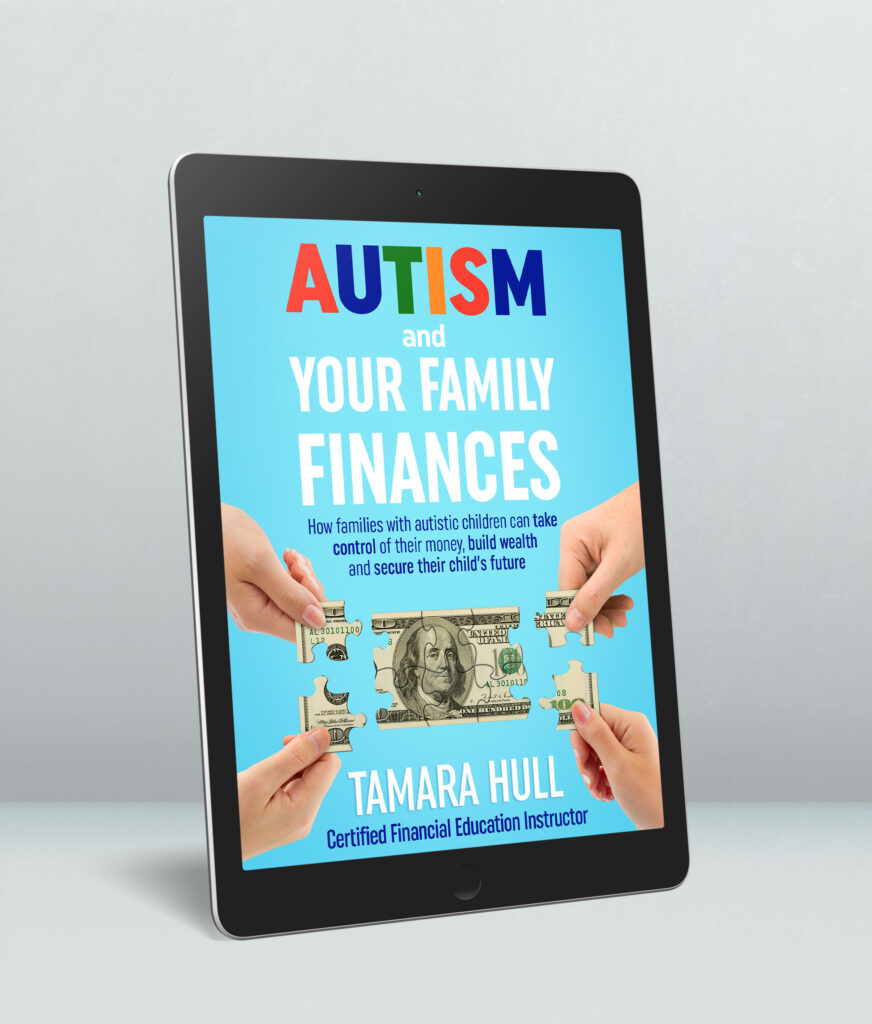People with autism, including our children and teenagers, spend so much time trying to fit into a neurotypical world. They must change their speech, mask their autistic behaviors such as stimming, use social skills that don’t always make sense to them and try to understand perspectives very different from their own. During times of significant stress such as life transitions, this can cause autistic burnout. We, as parents and caregivers, need to watch for this and help them through it so that they can recover.
I’ve been on this autism journey with my son J for more than a decade. Yet, I heard about autistic burnout only recently. While it’s discussed among adults who have autism, not much formal research has been conducted about it to date. J’s therapist has never mentioned it. I also have never read about it in the autism publications that I peruse regularly.
As I learned more about autistic burnout, I realize that J definitely had it the year he transitioned from elementary to middle school. That was a really hard year – for him and for us as a family. When I look back on it now, I see all the signs. I wish I had known about it back then. I could have been more proactive to look for it and address it. Thankfully, we ended up doing the right things to get him the help he needed. He did recover from it. Now I know what to look for in the future and have a better idea to help him prevent it or proactively address it early.
What is autistic burnout?

Raymaker et. al described autistic burnout in their academic paper published in Autism in Adulthood as, “The primary characteristics of autistic burnout were chronic exhaustion, loss of skills, and reduced tolerance to stimulus. Participants described burnout as happening because of life stressors that added to the cumulative load they experienced, and barriers to support that created an inability to obtain relief from the load. These pressures caused expectations to outweigh abilities resulting in autistic burnout.”
Adults with autism describe it as overwhelming physical and emotional exhaustion. They lack motivation and may feel more anger or sadness than normal.
Autistic burnout negatively affects people’s lives by impacting their health, decreasing their independent living skills, reducing quality of life and affecting their mental health, even causing suicidal thoughts. It is different than work-related burnout and clinical depression. It is just as serious as either of those conditions.
This phenomenon happens to both adults and children. In children, experts typically describe it as autistic regression. Children will generally lose some language, toilet training, social or other skills temporarily. It is a psychological defense mechanism and way of coping with too many life stressors. It is easier for a child to regress to earlier behaviors than to deal with the stress of the new behaviors when it becomes too much for them.
What causes autistic burnout and emotional exhaustion?
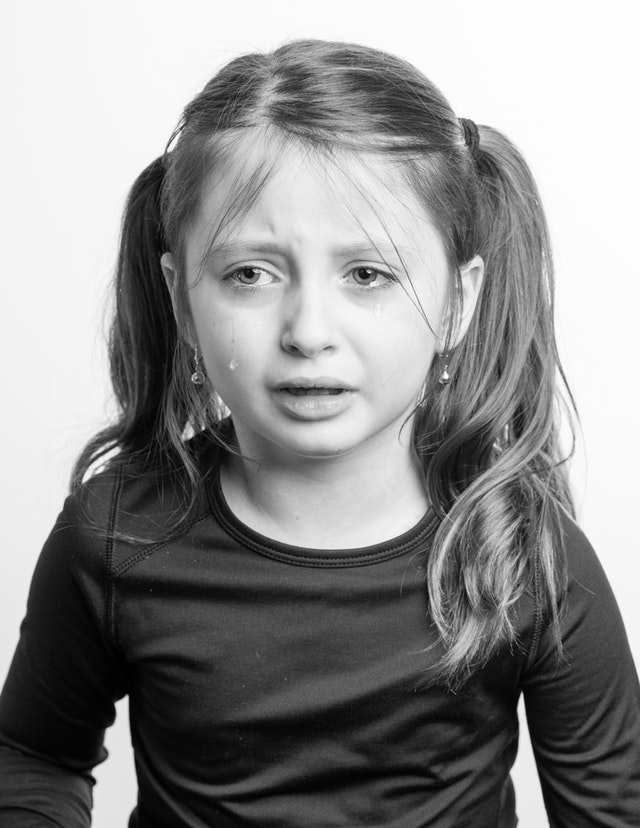
Autistic burnout is caused by the accumulation of masking (also referred to as camouflaging) and other behaviors needed to fit into a neurotypical world. It usually happens during times of significant stress or change. For instance, teenagers and young adults are at risk for autistic burnout as they transition from high school to college/vocational school or working and learning to live independently.
Some children, teens and adults try very hard to mask, or camouflage, that they have autism. They may force themselves to have eye contact in a way that is uncomfortable for them. Many times, they suppress any stimming, so people won’t notice those behaviors. They may force themselves into social situations that are difficult. They also may experience sensory overload by trying to participate in activities that have too much stimulation for them.
While these behaviors can help them better fit into school or work, they also increase the stress that the person with autism is experiencing. Over time, it can become too much.
What are other causes for autistic burnout?
- Sleep deprivation
- Relationship difficulties
- Reduction in downtime and inability to recharge
- Too many obligations (or doing too much)
- Illness
What are the signs of autistic burnout?
Autistic burnout has several signs. Your child, teenager or young adult may exhibit only a few or many of these if they are experiencing this type of emotional exhaustion. Signs can include the following:
- Reaches sensory overload more easily
- Loses executive functioning skills (e.g., less organized, difficulty making decisions, etc.)
- Displays more autistic behaviors on a regular basis in social situations where they usually don’t
- Experiences physical and emotional exhaustion
- Has physical pain and headaches
- Lacks motivation to work on any goals or many daily living activities such as meal preparation
- Loses some speech ability or may even resort to mutism
- Melts down more often
- Has memory loss issues
- Performs less or very little self-care
- Feels like they have “brain fog”
- Decreases social skills
- In severe cases, has suicidal thoughts
Who is most likely to experience autistic burnout?
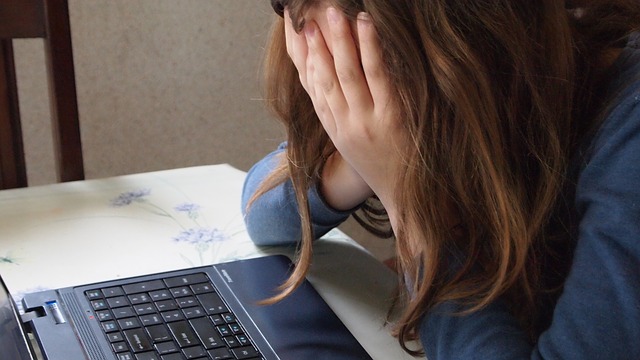
Anyone who has autism is at risk for autistic burnout, especially in times of greater stress or when they have been pushing themselves for a long time. It can affect infants through the elderly. Many young adults experience it because they are going through greater life transitions. Older adults who have been working for many years may experience it after feeling the cumulative effects over time.
Children tend to show signs more gradually than adults. Therefore, as parents and caregivers, we should be more watchful and aware of these signs in our kids.
How can you help your child recover?

If you think your child is experiencing autistic burnout, get them help immediately – especially if they are experiencing any severe symptoms such as suicidal thoughts. A first step may be to reach out to your child or teen’s behavior therapist. You also may need to consult a child psychologist if your child also has depression, anxiety or another condition to discuss treatment options.
Depending on the severity and length of the autistic burnout episode, recovery may be fast or slow. Your child or teen’s skills may return fully, or they may have to work on them again to get them back to the level they were before the burnout.
Below are some other steps you can take to help your child recover:
- If possible, remove them from the situation that is causing the burnout
- Give them sufficient downtime to relax and be themselves without having to cope or mask their behaviors
- Help them find ways to do things more naturally for them, so they don’t have to mask their behaviors
- Let them know you accept them for who they are and focus on their strengths (you probably have already been doing this, so this may be a reinforcement of what you’ve done previously)
- Listen to them and let them know it’s okay to ask for help when they need it, especially if they are feeling overwhelmed
- Help them find ways to de-stress such as deep breathing, petting a dog or cat, spending time on their special interest, exercising and practicing self-care
- If they are working, encourage them to take some time off
- Let them skip some social activities to give them a break from having to deal with others socially
- Evaluate their activities to see if any can be dropped
- If working, help them to come up with a plan to ask for reasonable accommodations at their workplace
Can autistic burnout be prevented?
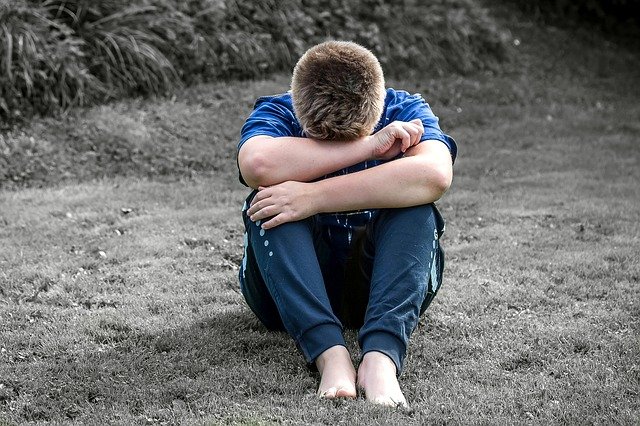
Now that we know what autistic burnout is and what the signs are, what can we do as parents to help our children prevent it in the future? Here are some ways:
- If you have a teenager or young adult, encourage them to become more self-aware and knowledgeable about themselves through journaling, completing self-awareness exercises and working with their therapist
- Ensure you allowing your child to be themselves at home, so they don’t have to mask their behavior
- Ask for accommodations in situations that could be stressful (e.g., pre-boarding on a plane, sunglasses if in areas where lighting may be too bright, etc.)
- Reduce sensory overwhelm for your child (having a meltdown kit nearby with items that will help your child stay calm could be helpful)
- Decrease the number of social activities for your child
- Give your child a break if you see they are starting to feel stressed and anxious
- Allow them time to focus on their special interest(s)
- Let them stim
- Encourage them to exercise
- Help them through their anxiety
- Reduce expectations when appropriate
- Stick to their routine whenever you can
- Provide them with quiet time
- Pay attention to their behaviors and address signs of autistic burnout early
Additional resources
If you’d like to delve deeper into this topic, check out these additional resources that may help.
Helping You to Identify and Understand Autism Masking: The Truth Behind the Mask (affiliate link)
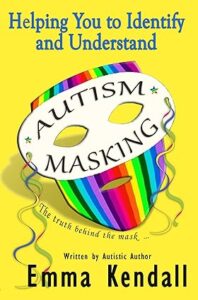
Different, Not Less: A neurodivergent’s guide to embracing your true self and finding your happily ever after (affiliate link)
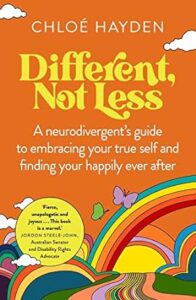
Unmasking Autism: Discovering the New Faces of Neurodiversity (affiliate link)
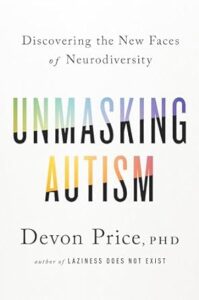
Has your child experienced autistic burnout? How did you help them through it? Leave a comment, so we can encourage and support one another on this journey.
References:
Barton, J. Autistic Burnout or Regression: Individuals on the Autism Spectrum. South Carolina Speech-Language-Hearing Association. Annual Convention 2019. Retrieved from https://www.scsha.net/assets/handouts/Austic%20burnout_SCSLHA_2019.pdf.
Mandy, W. Social camouflaging in autism: Is it time to lose the mask? Autism. 2019, Vol. 23(8) 1879–1881. Retrieved from https://journals.sagepub.com/doi/full/10.1177/1362361319878559.
Raymaker, D. et al. ‘‘Having All of Your Internal Resources Exhausted Beyond Measure and Being Left with No Clean-Up Crew’’: Defining Autistic Burnout. Autism in Adulthood. (2) 2: 132-142. Retrieved at https://www.liebertpub.com/doi/full/10.1089/aut.2019.0079.



